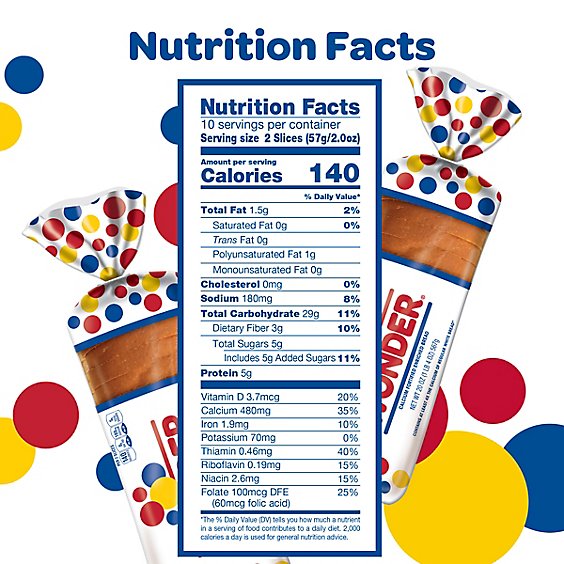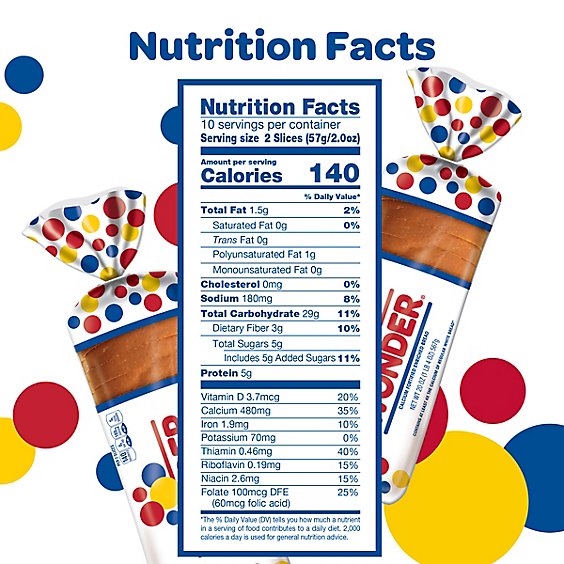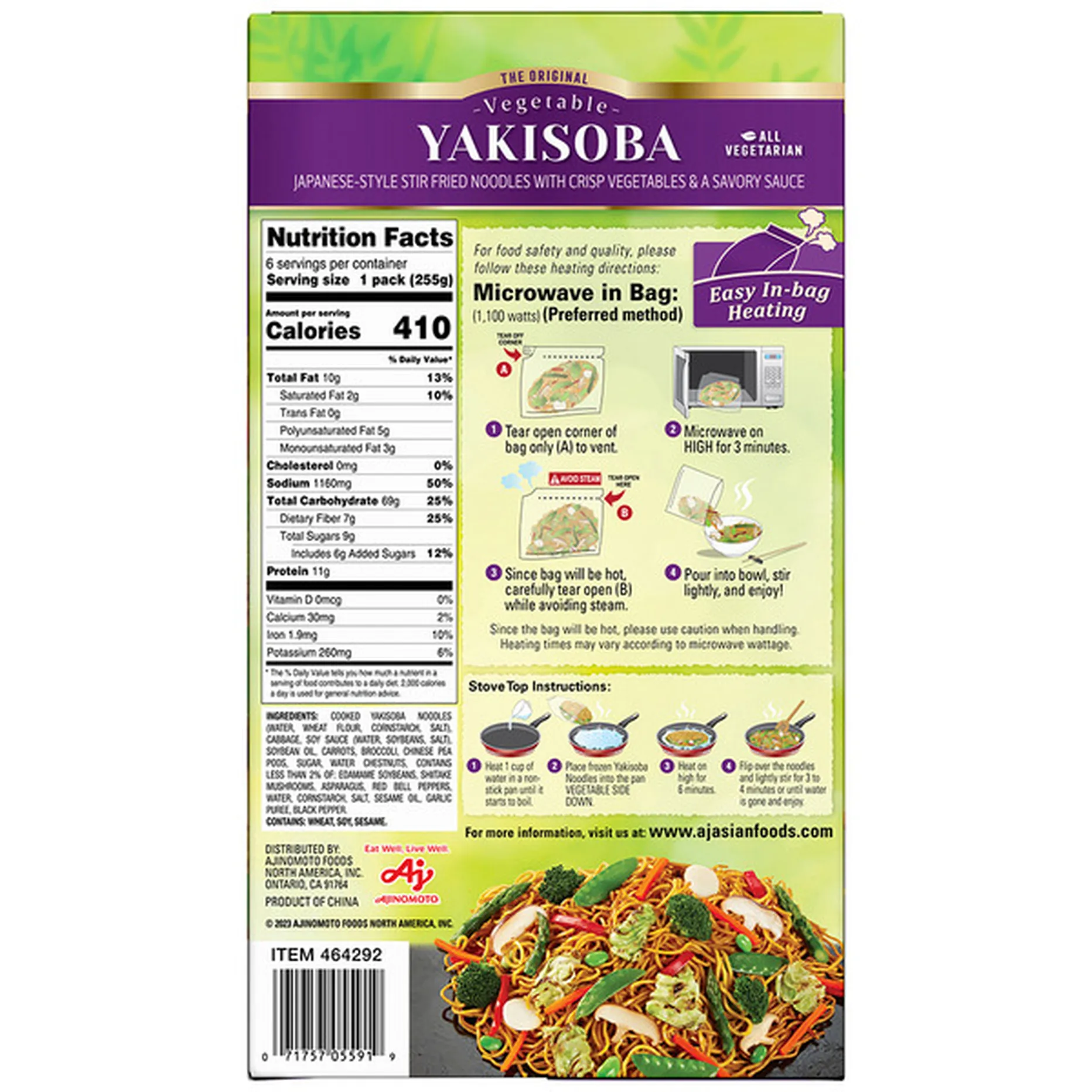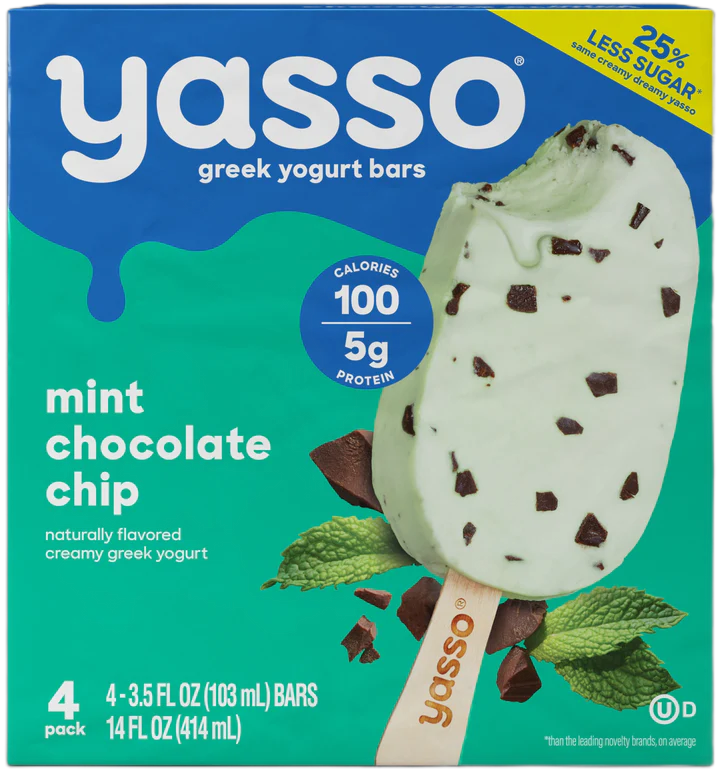
Plantar plate tear exercises include toe flexion, ankle pumps, and metatarsal doming. Gradual progression with these activities promotes healing.
Experiencing a plantar plate tear can bring daily discomfort and impede your mobility, but incorporating specific exercises can greatly assist in recovery. Integrating gentle strengthening and stretching routines plays a pivotal role in mending the intricate ligaments in your foot.
This approach not only helps mitigate pain but also works to restore functionality and prevent future injuries. It’s crucial to approach plantar plate tear rehabilitation with a careful balance—working the affected area enough to promote healing without exacerbating the injury. Consulting with a physical therapist ensures that you undertake a tailored exercise regimen appropriate for your injury’s severity. Starting with low-impact exercises helps develop the foundational strength needed to return to full activity and can ultimately lead to a more resilient and flexible foot structure.

Credit: www.running-physio.com
Identifying Plantar Plate Tear
Taking a step should not be painful. Understanding the issues with the plantar plate is key for healthy feet. This post delves into the identification of a plantar plate tear, a common but often overlooked foot injury. Early detection and proper exercises can ensure a quick return to your daily activities.
The Role Of Plantar Plate In Foot Function
The plantar plate is a sturdy ligament on the ball of your foot. It keeps your toes stable and absorbs the impact when you walk, run, or jump. A strong and healthy plantar plate is crucial for foot function. It lets you push off with confidence during walking or sprinting.
Common Symptoms Of A Plantar Plate Tear
A plantar plate tear brings several noticeable signs. Here’s what to look for:
- Pain in the ball of the foot, especially when walking.
- Swelling and tenderness near the affected toe.
- Difficulty in walking, climbing stairs, or bearing weight.
- Feeling like you are stepping on a pebble.
- Toes that drift or cross over onto another toe.
Initial Treatment Tactics
When a plantar plate tear strikes, the right initial treatment is crucial for healing. Let’s explore effective first steps to alleviate pain and aid recovery.
Rest And Ice: First Response To Injury
Resting is key after a tear. To reduce swelling and pain, ice should be applied. Follow this simple routine:
- Avoid putting weight on the foot.
- Ice the injured area for 20 minutes.
- Repeat icing 3-4 times a day.
- Keep the foot elevated.
Footwear Adjustments To Ease Pain
Changing what you wear on your feet can make a big difference. Here’s how to choose wisely:
| Footwear Type | Benefit |
|---|---|
| Arch supports | Reduce pressure on the toe joint |
| Rigid-soled shoes | Limit toe movement |
| Wide toe box | Decrease compression on toes |
Seek footwear with cushioning to absorb impacts. This protects your foot.
Understanding Plantar Plate Tear Severity
Foot pain is tricky and a plantar plate tear is a common culprit. Your ability to walk and stand can suffer. Knowing how bad the tear is helps plan your recovery. Let’s explore the tear grading and when surgery might be the best option.
Grading The Tear: Signs And Implications
Different tears mean different troubles. Grades guide the recovery path:
| Grade | Severity | Signs |
|---|---|---|
| I | Mild | Discomfort with pressure, mild swelling |
| II | Moderate | Persistent pain, difficulty in toe movement |
| III | Severe | Toe deformity, significant pain and swelling |
| IV | Complete Tear | Unable to walk, stiff toe, severe deformity |
A mild grade I tear might only need rest and simple exercises. As the severity increases with grades II and III, so does the need for advanced care. A grade IV tear often leads to a conversation about surgery.
When To Consider Surgery
Surgery is a big step. When should you think about it?
- Pain persists: If exercises and rest don’t cut it.
- Deformity: When the toe shape changes and won’t go back.
- Grade IV tear: The tear is full, and function is lost.
If any of these apply, find a foot specialist. Talk about your options. Remember, surgery isn’t the first choice, but sometimes it’s the best path to healing.
Toe And Metatarsal Joint Exercises
Rehabilitating a plantar plate tear involves specific exercises. Toe and metatarsal joint exercises
promote healing. They also strengthen the foot’s structure. Follow these easy-to-perform movements regularly for
better recovery. You can do them at home or work.
Toe Flexion And Extension Movements
- Toe Curls: Place a small towel on the floor. Curl your toes to grasp it. Release. Repeat ten times.
- Toe Spreads: Keep your feet flat. Try to spread your toes apart. Hold for five seconds. Do ten reps.
- Toe Lifts: Lift each toe individually. Hold the lift for two seconds. Practice ten lifts per toe.
Metatarsophalangeal (mtp) Joint Strengthening
- Ball Grips: Squeeze a small ball with your foot. Hold for three seconds. Release. Aim for fifteen reps.
- Resistance Band Work: Wrap a band around the toes. Extend the foot against the band’s pull. Do three sets of ten.
- Heel Raises: Stand up. Lift your heels. Keep the toes on the ground. This strengthens the MTP joint. Repeat twenty times.
Consistent practice leads to stronger toe and metatarsal joints. It helps restore foot function after a tear. Incorporate these exercises into your daily routine. Start with light intensity. Increase as your comfort improves.
Building Arch Strength
Strong arches support our steps every day. They are like a stable foundation for our feet. When you have a plantar plate tear, your arches need extra help. Let’s talk about ways to make your arches strong again. Here, you will find two helpful exercises. They will help your plantar fascia. Your feet will thank you!
Arch Lifts For Plantar Fascia Support
Arch lifts are simple yet powerful. They give your plantar fascia the lift it needs. Lifts can help it heal better. Try these steps:
- Stand with your feet flat on the ground.
- Keep your toes on the floor.
- Roll your weight to the outside of your foot.
- Lift the arch of your foot.
- Hold for a few seconds.
- Slowly lower your arch back down.
Start with ten lifts. Work up to more as you get stronger. This exercise will support your foot health.
Short Foot Exercises For Arch Stability
Short Foot exercises make your arch stable. They make your foot muscles work. Here’s what you do:
- Sit down and place your feet flat.
- Try to shorten your foot by pulling the ball of your foot towards the heel.
- Do not curl your toes.
- You will see the arch of your foot lift up.
- Hold this pose for a few seconds.
- Relax your foot and repeat.
Work up to holding the pose longer. Do three sets of twelve reps every day. Your feet will be stronger and more stable.
Stretching The Surrounding Musculature
A Plantar Plate Tear can be a painful foot condition. Key to managing discomfort is stretching muscles around the injury. Tight muscles can worsen foot issues by adding stress to the Plantar Plate. Proper stretching exercises offer relief and support recovery. Let’s explore effective stretches for your calf and hamstring muscles.
Calf Stretches To Alleviate Tension
Loosening calf muscles reduces strain on your foot. This can help heal a Plantar Plate Tear. Here’s a simple stretch:
- Stand facing a wall with one foot in front of the other.
- Keep heels down and knees straight.
- Bend the front knee and lean forward.
- Hold the pose for 30 seconds.
- Switch legs and repeat.
Hamstring Lengthening For Foot Health
Flexible hamstrings help maintain foot alignment. Tight hamstrings pull on the back of the leg and affect the foot. Follow these steps to stretch them:
- Sit on the floor with legs extended.
- Reach for your toes, keeping your back straight.
- Hold when you feel a stretch.
- Stay in position for 30 seconds.
- Relax and repeat.
Incorporating Balance And Proprioception
Incorporating balance and proprioception into your rehab program is key after experiencing a plantar plate tear. Once you have your doctor’s nod, exercises to enhance foot stability and spatial awareness can be highly beneficial. These activities help to reduce the risk of further injury by strengthening the intricate musculature of your feet and improving control. Aim for steady progress with these tailored exercises focusing on balance and proprioceptive enhancement.
Single-leg Balancing For Foot Mechanics
Single-leg balancing encourages the small muscles in your foot to work harder. These muscles support your arch and help absorb shock when you walk. This exercise is simple but effective:
- Stand on one foot, lifting the other slightly off the ground.
- Hold for 30 seconds, then switch.
- Do this three times for each foot.
Keep your raised foot from touching the standing leg. It maintains the exercise’s difficulty. To increase the challenge:
- Add arm movements.
- Use a pillow for an uneven surface.
- Close your eyes to remove visual cues.
Proprioceptive Training With Unstable Surfaces
This training targets your awareness of your foot’s position. Using unstable surfaces ramps up the challenge for your balance.
Begin with:
- A foam pad or balance cushion.
- Balance boards or wobble boards.
Try these steps:
- Stand on the unstable surface with one foot.
- Maintain balance for 30 seconds to a minute.
- Increase the time as you improve.
Combine these exercises with your usual routine three times a week. Your feet will grow stronger and more adept at correcting imbalances. By focusing on both single-leg balancing and proprioceptive exercises, you are laying the foundation for a speedy and robust recovery from a plantar plate tear.
Advanced Strengthening Techniques
Advanced Strengthening Techniques play a crucial role in the recovery from Plantar Plate Tear. Tailored exercises help regain strength and improve foot functionality. Focusing on specific muscle groups, these exercises ensure a return to normal activity with less risk of re-injury. The journey toward full recovery requires dedication and the right set of exercises, each targeting the intricate structures within the foot.
Resistance Band Workouts For Toe Flexors
Resistance bands, when used correctly, can effectively strengthen toe flexors. These workouts provide a targeted approach to enhance the muscles that support the Plantar Plate. Below is a step-by-step guide:
- Anchor the band securely to a firm object.
- Place the band around the toes.
- Gently pull forefoot against the resistance.
- Perform 3 sets of 10 repetitions, twice daily.
Weight-bearing Exercises For Functional Improvement
Improving foot functionality is crucial in everyday movements. Weight-bearing exercises mimic daily activities, enhancing strength and coordination. Let’s explore some effective exercises:
| Exercise | Description | Reps/Sets |
|---|---|---|
| Toes Walk | Stand on your tiptoes and walk for 20 steps. | 2 sets |
| Heel Raises | Lift heels off the ground, then slowly lower. | 3 sets of 10 |
| Marble Pickup | Use toes to pick up marbles from the floor. | 3 sets of 10 |
Practicing these exercises daily will significantly aid the healing process. Consistency is key for optimal results.
Designing A Comprehensive Exercise Plan
Effective recovery from a Plantar Plate Tear hinges on a well-crafted exercise regimen. Tailored to promote healing, this plan is your roadmap to recovery. It combines specific movements that enhance strength and flexibility in your foot. Let’s explore how to construct a routine that fosters consistent healing and accommodates progress.
Routine Structuring For Consistent Healing
A structured routine ensures balanced and regular healing. Here’s a sample structure to follow:
- Warm-Up: Begin with gentle foot circles and toe flexes to prepare your muscles.
- Main Exercises: Proceed with targeted exercises like toe curls and marble pickups to strengthen the plantar plate.
- Cooldown: End with stretching exercises, such as towel stretches, to maintain flexibility.
Consistency is key; aim for daily repetitions to maximize effectiveness.
Progress Monitoring And Adjustments
Tracking improvement helps in refining your exercise plan. Consider the following:
- Log Activities: Keep a daily record of exercises and any pain levels experienced.
- Review Weekly: Assess weekly progress and adjust exercises as needed to challenge your foot without causing pain.
| Week | Exercise | Repetitions | Pain Level | Notes |
|---|---|---|---|---|
| 1 | Toe Curls | 3 sets of 10 | 2/10 | Felt mild tension |
Communication is crucial. Share these logs with your healthcare provider for specialized feedback.

Credit: www.running-physio.com
Navigating The Recovery Journey
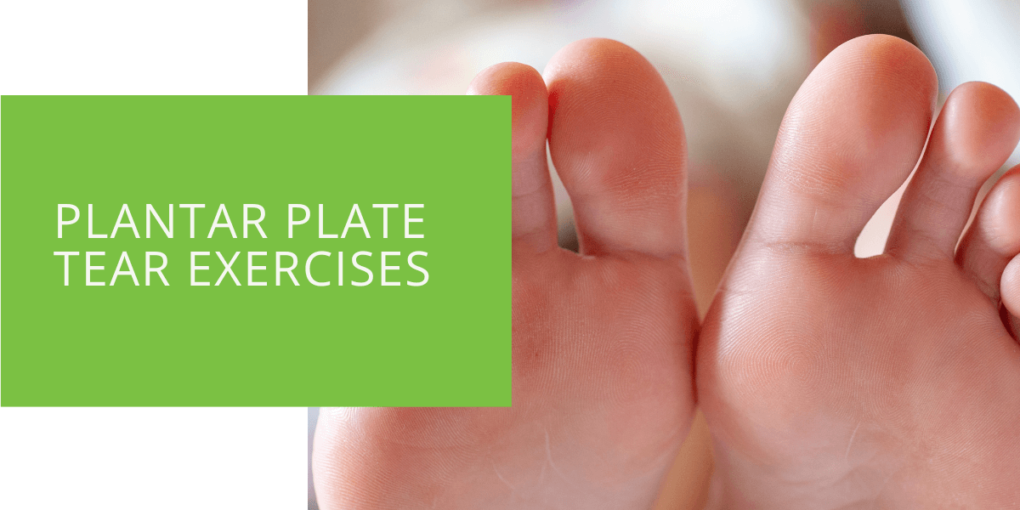
Credit: www.epodiatrists.com
Frequently Asked Questions On Plantar Plate Tear Exercises
What Is A Plantar Plate Tear?
A plantar plate tear is a foot condition involving a ligament rupture under the toe joint, leading to pain and instability, typically affecting the second toe.
Can Exercises Help Heal A Plantar Plate Tear?
Yes, specific exercises can aid in recovery by strengthening foot muscles and improving flexibility, thus relieving pressure on the damaged plantar plate.
What Are The Best Exercises For A Plantar Plate Tear?
Effective exercises for a plantar plate tear include toe flexion, metatarsal doming, and towel curls. They target the toe’s supporting muscles, promoting healing.
How Often Should I Perform Plantar Plate Exercises?
Consistency is key. Performing exercises 2-3 times daily, focusing on gradual progression and pain tolerance, is recommended for best results and speedy recovery.
Conclusion
Embarking on a journey to heal a plantar plate tear can be challenging. Commitment to regular, gentle exercises is key. Embrace these movements to foster healing and regain foot functionality. Remember, patience and perseverance will contribute to a successful recovery.
For personalized advice, consult a healthcare professional.




